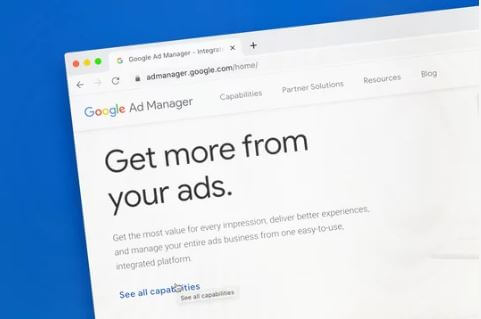Introduction: The Evolution of Google DFP Ad
DoubleClick for Publishers (DFP), now known as Google DFP Ad Manager, is an ad-serving system that has profoundly impacted the world of online advertising. It’s an essential tool for publishers and an ecosystem that integrates marketing and business strategies. Let’s delve into this indispensable tool and its features, advantages, and procedures.
What is Google DFP (DoubleClick for Publishers)?
Google DFP is a service that caters to publishers and advertisers, focusing on the seamless management and organization of advertisements across various channels.
Definitions and Core Concepts
- Ad Server: An essential part that stores advertisements and sends them to various websites.
- Inventory Management: This includes the real-time handling of available ad spaces.
- Demand Partners: These platforms connect advertising space sellers with buyers.
Why Use Google DFP?
Google DFP’s prominence arises from the rich features it offers.
Enhanced Revenue Streams
With tailored ad placements, publishers can amplify their revenue streams.
Versatile Ad Formats and Channels
Google DFP supports diverse ad formats like text, images, and video, which can be placed on various channels.
Real-Time Analysis and Reporting
Insights and analytics play a crucial role. Here, real-time reports help in decision-making.
Setting Up Google DFP
Setting up Google DFP might seem convoluted, but the following steps elucidate the procedure.
Creating an Account
Simple, yet significant. The journey begins here.
Building Inventory
This step involves defining the spaces where ads will appear.
Creating Ad Units
This is where specific advertisements are created and tailored.
Strategies and Best Practices
Mastering Google DFP requires understanding its core and implementing some best practices.
Mobile Optimization
The importance of mobile platforms cannot be understated. Optimizing for mobile is imperative.
Leveraging Insights
Data-driven decisions are central to success. Analyze, adapt, and achieve.
Safety Measures
Security is paramount, and understanding how to maintain it is vital.
Troubleshooting Common Issues
Like any robust system, Google DFP can present challenges.
Ad Blocking Issues
Solutions to overcome this commonplace problem.
Display Issues
Understanding and resolving issues related to ad displays.
Conclusion: The Road Ahead
Google DFP, or Google Ad Manager, has revolutionized the advertising landscape, providing a multifaceted platform for advertisers and publishers alike. Embracing its features and understanding its intricate facets is a step toward digital advertising success.
Google DFP is a testament to innovation and foresight in an ever-changing and advancing world. It’s not merely a tool; it’s a dynamic environment that fosters growth and exploration. Whether you’re a novice publisher or a seasoned advertiser, the detailed insights provided here are your keys to unlocking the treasure trove of Google DFP.
FAQs
Is DFP an ad server?
Yes, DFP (DoubleClick for Publishers) is an ad server. It is an ad management platform developed by Google, now known as Google Ad Manager. DFP allows publishers to serve and manage ads on their websites, mobile apps, and other digital properties. It provides tools for ad trafficking, ad delivery, ad targeting, and reporting, making it easier for publishers to optimize their ad inventory and maximize revenue from their digital advertising efforts.
What is Google DFP called now?
Google DFP was rebranded as Google Ad Manager. There may have been further changes or updates since then, so it’s always a good idea to check the latest information from Google or other reliable sources for the most up-to-date name and details.
What is the difference between AdSense and DFP?
AdSense and DFP (now known as Google Ad Manager) are both advertising platforms developed by Google, but they serve different purposes and cater to other users.
- Google AdSense:
- AdSense is primarily designed for publishers who want to monetize their websites, blogs, or YouTube channels by displaying ads on their content.
- It allows publishers to sign up and place ad codes on their websites, and Google will automatically serve relevant ads based on the website’s content and the visitor’s interests.
- AdSense is relatively easy to use and is suitable for individual publishers or smaller websites that want a simple way to earn revenue from advertising.
- Google Ad Manager (formerly DFP):
- Ad Manager is more robust and advanced than AdSense, designed for larger publishers, media companies, and ad networks with more complex advertising needs.
- Ad Manager provides an ad server and management platform allowing publishers to control and optimize their ad inventory more effectively.
- Ad Manager allows publishers to manage multiple ad networks, direct ad sales, and private marketplaces to maximize their ad revenue.
- It offers more sophisticated ad targeting options, advanced reporting, and the ability to create custom ad units for specific placements and formats.
AdSense is a user-friendly platform for individual publishers to monetize their content with minimal effort. At the same time, Ad Manager (DFP) is a more comprehensive solution for larger publishers and ad networks that need greater control over their ad inventory and want to manage complex advertising setups.





